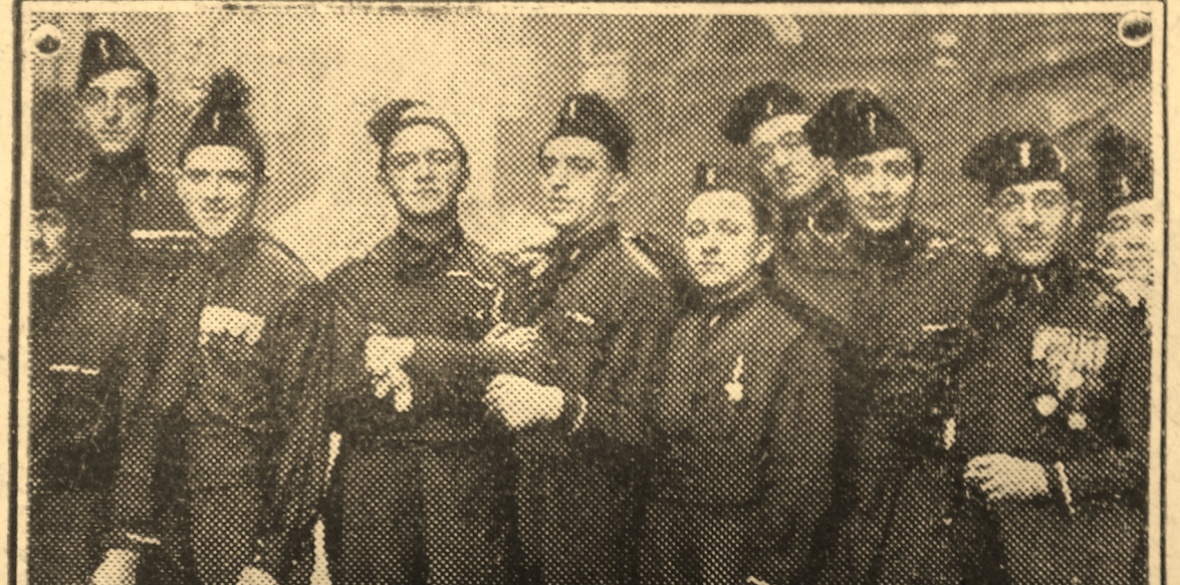
By Alfeo Bernabei:
Tuesday, November 5, 2019
The first seed of fascism planted outside Italy was in London
Through their leadership of the Italian diaspora and a newspaper, a small group of embittered war veterans laid the foundations of fascism in Britain 100 years ago this month, writes ALFIO BERNABEI
ON November 4 1919, a group of London-based Italian world war veterans set up an association called Unione Reduci Militari Italiani — Sezione di Londra — (URMI). The name stood for Union of Italian ex-soldiers, London Section.
This association claimed to represent hundreds of Italian immigrants in Britain who had been called to serve with the Italian army when Italy entered the war in 1915. When the war ended, they were free to return and resume their occupations.
The leaders of the newly born URMI association in London stated: “We intend to solemnly declare before everyone that our sacrifice [in the war] has made us conscious not only of our duty but also of our rights” and elected themselves as the driving moral force in the Italian community in Britain, which was then made up of approximately 20,000 migrants.
The first president of URMI was Giacomo Luigi Novelli, a London-based travel agent who described himself as “one who prefers action to words”. Among its most prominent members was Antonio Cippico, a lecturer at University College London. Another member was Achille Bettini, who later was to describe himself as a fascist “of the first hour.”
Given that the Fascio di combattimento, or Fascio of combat, had been set up in March 1919 at a meeting in Milan presided over by Benito Mussolini, it seems fair to describe the London association set up a mere eight months later as born in its shadow — the first seed of fascism planted outside Italian territory.
Eight months later, on June 5 1920, URMI launched a four-page weekly newspaper in Italian called La Cronaca. It had an address in Little Howland Street, central London, with ex-Captain Giovanni Savani as editor, later described among the founders of the London Fascio.
The first editorial of La Cronaca was unsigned — URMI claimed to be free of ties from political parties, yet one of the first articles was signed “ARDITO”, “the bold one,” a definition that by that time was acquiring strong associations with the fascist movement and the Blackshirts.
It was at the end of December 1920 that La Cronaca described fascism as a largely justifiable “insurrection of men and sticks against red violence.” Three months later it splashed across the front page a title that proclaimed “L’ora del Fascismo” (the hour of fascism).
Formally, the “Fascio Italiano di Combattimento a Londra” (The Italian fighting fascio in London) was established on June 12 1921.
On December 17 of the same year, the first notice appeared in La Cronaca headed Partito Nazionale Fascista, Sezione di Londra (Italian National Fascist Party, London Section) and on January 7 1922, the newspaper announced the first general assembly of the London branch of the party.
It wasn’t long before the Italian fascists found sympathisers among some British admirers of Mussolini. The seed that had been planted in 1919 was taking root.
Alfeo Bernabei is an Italian journalist and historian.